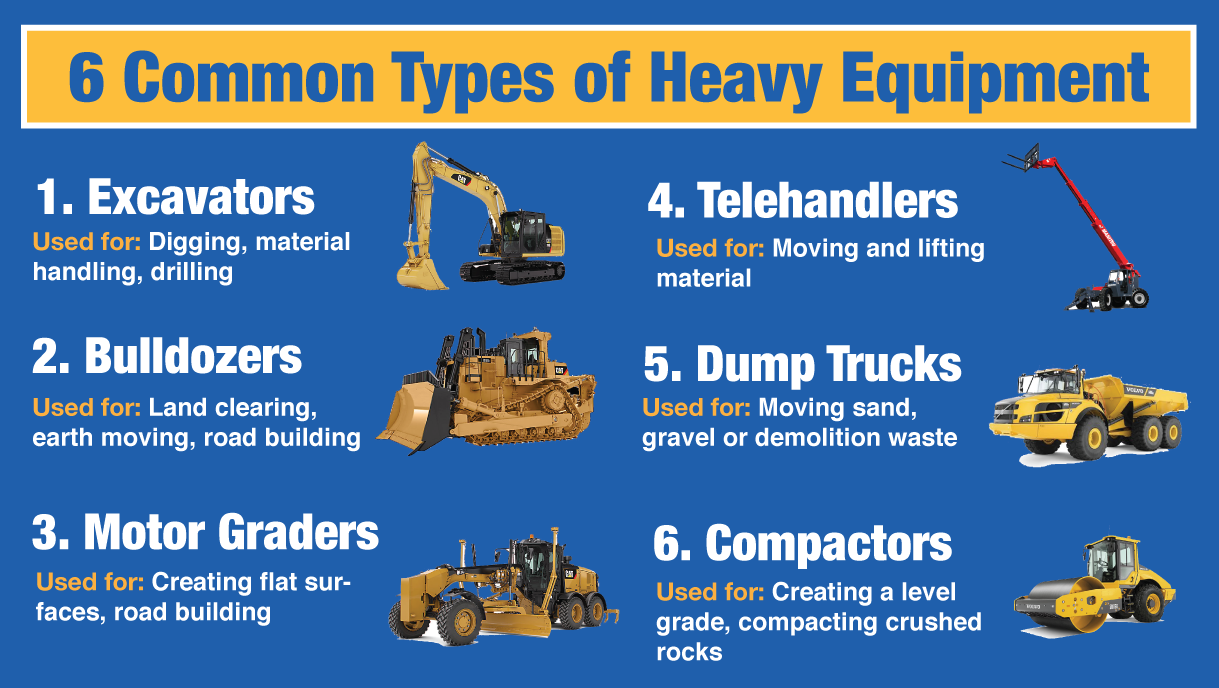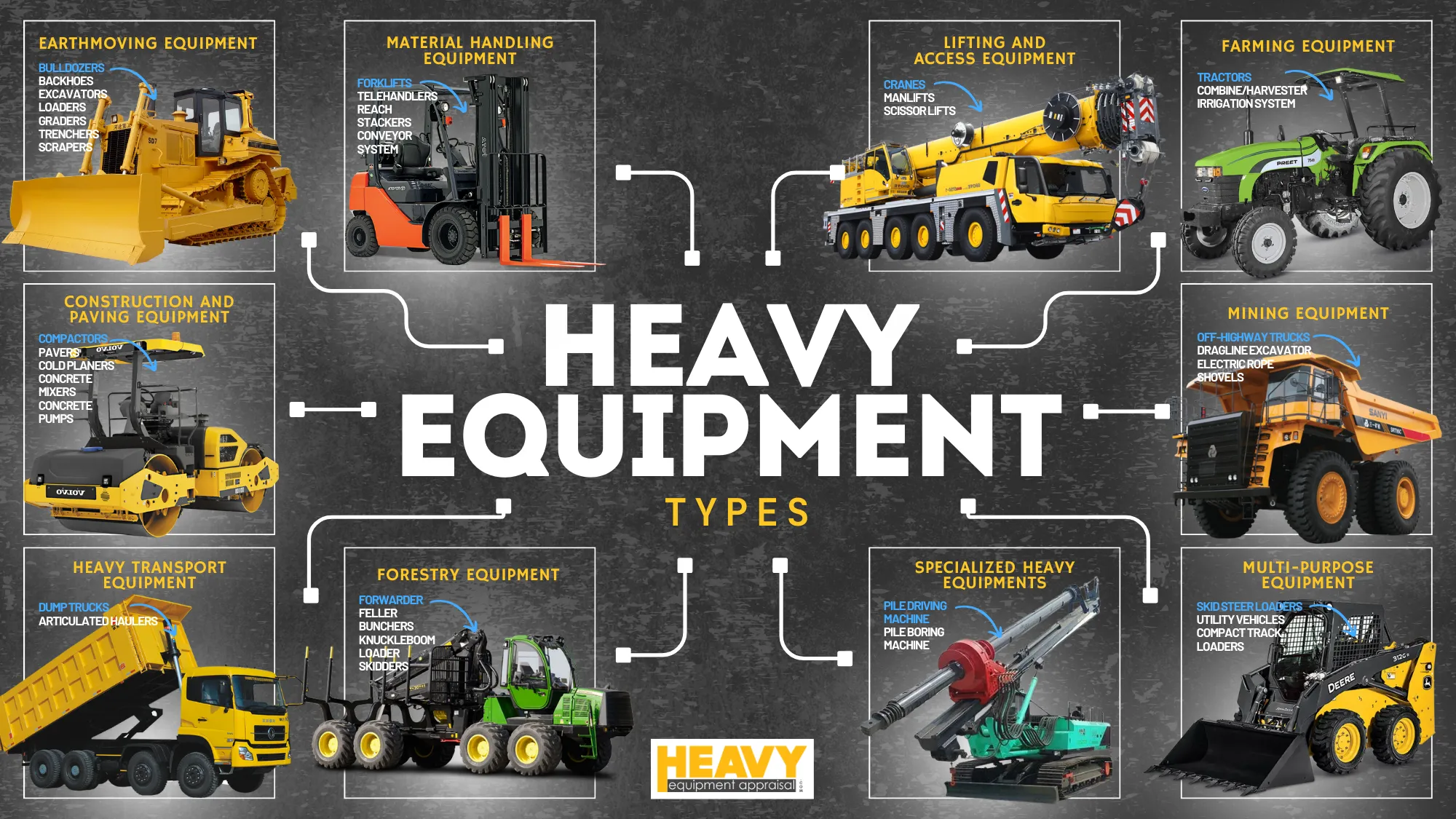The Essential Overview to Renting Excavators for Building Projects
Leasing excavators for building jobs is an important choice that requires a comprehensive understanding of numerous aspects to make certain both performance and cost-effectiveness. From selecting the proper excavator kind and dimension to bargaining rental terms and making sure security protocols, each action plays an essential function in the overall success of your job. Understanding these components not only optimizes performance yet additionally aids in decreasing expenses. As you consider the intricacies of leasing excavators, it's necessary to realize the subtleties that can significantly influence your task. What are these nuances, and just how can they influence your building outcomes?
Kinds Of Excavators
Excavators are available in different kinds, each designed to carry out certain tasks in construction jobs. The most usual kind is the standard excavator, also referred to as a spider excavator, which is common on the majority of work sites for its adaptability in material, trenching, and excavating handling. These machines operate tracks, offering security and movement over irregular terrain.
Another important variant is the mini excavator, valued for its compact dimension and dexterity. Perfect for tiny to medium-sized jobs, mini excavators succeed in restricted spaces where bigger devices would struggle. They are regularly used for landscape design, energy job, and small demolition.
For projects requiring extensive reach, the long-reach excavator is essential. Geared up with a longer boom and arm, these equipments can work in areas that are challenging to gain access to, such as across water bodies or deep excavations.
Lastly, there are customized excavators like the suction excavator, which uses high-powered followers to vacuum up soil and debris, making it excellent for delicate underground energies. The dragline excavator, another specialized kind, is typically made use of in massive civil design jobs like canal dredging and mining as a result of its capacity to raise hefty loads over lengthy distances.
Picking the Right Size
Picking the proper size of an excavator is critical for the effectiveness and success of any type of building and construction task. The size influences not just the maker's capacity to deal with details tasks however also the functional expenses and website access. Excavators come in numerous dimensions, from portable units suitable for small-scale residential tasks to large devices developed for extensive commercial or commercial endeavors.
Understanding the scope of the project is vital when picking the excavator size. For constrained rooms or tasks needing accuracy, such as trenching for utility lines, a mini or small excavator is excellent. These devices provide dexterity and simplicity of ability to move without endangering on power. Conversely, large-scale earthmoving procedures, like roadway building or large foundation digs, necessitate making use of huge or basic excavators. These designs use superior reach, greater container capacity, and superior digging force.
Think about the site's terrain and accessibility points. Bigger excavators might face difficulties in tight or unequal areas, making smaller sized versions more useful. By thoroughly examining these aspects, building and construction managers can ensure they pick an excavator size that maximizes productivity and minimizes project hold-ups.
Rental Arrangement Basics

Equally vital hop over to these guys is the detailed failure of prices. This includes the day-to-day, weekly, or regular monthly rental rates, and any kind of added fees such as delivery, fuel, or cleaning fees. It's recommended to make inquiries regarding possible fines for late returns or problems to avoid unanticipated expenses.
The condition of the excavator at the time of rental ought to likewise be well-documented. Make certain the arrangement includes a complete examination report that keeps in mind any kind of pre-existing damage. This secures you from liability for concerns that were existing before your rental period started.
Insurance policy coverage is an additional important aspect. Confirm whether the rental firm supplies insurance or if you need to safeguard your own policy. Finally, recognize the terms for devices repair and maintenance. Understanding your obligations for maintenance during the rental duration will certainly aid preserve the excavator in optimal working problem, lessening downtime and boosting project efficiency.
Upkeep and Safety Tips
When handling excavators on a building and construction site, adhering to proper maintenance and security procedures is important for guaranteeing both functional efficiency and worker security - heavy equipment rental Bremen GA. Routine upkeep checks should be carried out to recognize and resolve potential issues prior to they intensify. Key areas to inspect include hydraulic systems, engine parts, and undercarriage components. Lubricating relocating components and guaranteeing fluid degrees are optimal can stop expensive downtime and expand the device's functional life-span.
Operators must be extensively educated and licensed to take care of excavators, recognizing the device's controls and constraints. It's necessary to carry out daily examinations, concentrating on security features such as alarms, seatbelts, and emergency situation shutoff switches.
Implementing a durable maintenance schedule and cultivating a society of security can minimize threats considerably. Always seek advice from the manufacturer's manual for details maintenance periods and safety standards. By prioritizing these facets, construction projects can continue smoothly, minimizing interruptions and ensuring a risk-free working environment for all personnel entailed.
Cost-Saving Approaches
Reliable cost-saving strategies are vital for making the most of the roi when leasing excavators for construction projects. One vital approach is to perform a complete requirements evaluation before service. Understanding the particular requirements of your task aids in choosing the right type and dimension of excavator, preventing unnecessary expenditures on extremely specific or large devices.
Several rental business offer versatile pricing frameworks, particularly for long-term rentals. Establishing a good connection with the rental service provider can likewise result in commitment discounts and better terms.

Lastly, take into consideration the total expense of possession, including fuel, insurance coverage, and transportation. Packing these solutions with the rental agreement can commonly result in an extra desirable total package. By carrying out these methods, construction tasks can achieve significant expense performances while making sure functional performance.
Conclusion
In verdict, the calculated selection and rental of excavators for construction projects require a comprehensive understanding of excavator kinds, suitable sizing, and the complexities of rental arrangements. Applying cost-saving approaches via precise planning and arrangement can additionally improve project performance while regulating expenditures.
From selecting the suitable excavator kind and dimension to ensuring and working out rental terms safety and security methods, each action plays an essential role in the general success of your task. equipment rental company Bremen GA. The most usual web link type is the conventional excavator, also recognized as a spider excavator, which is ubiquitous on many task websites for its adaptability in digging, trenching, and material handling. By extensively examining these elements, building managers can ensure they pick an excavator size that optimizes productivity and minimizes job delays

Recognizing your duties for maintenance throughout the rental period will aid preserve the excavator in optimal functioning condition, lessening downtime and improving project performance.
In conclusion, the strategic selection and service of excavators for building tasks require a thorough understanding of excavator finishing equipment in construction types, proper sizing, and the complexities of rental agreements.